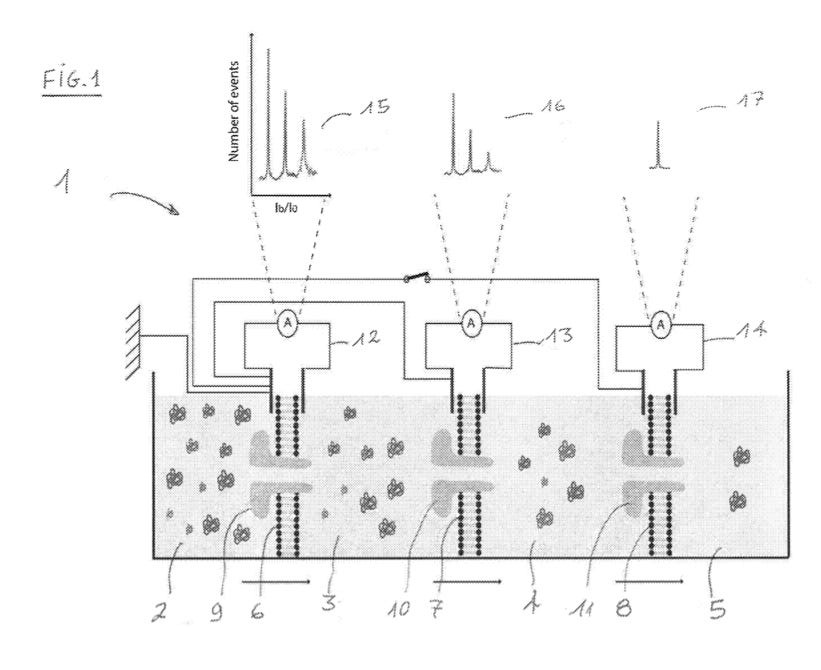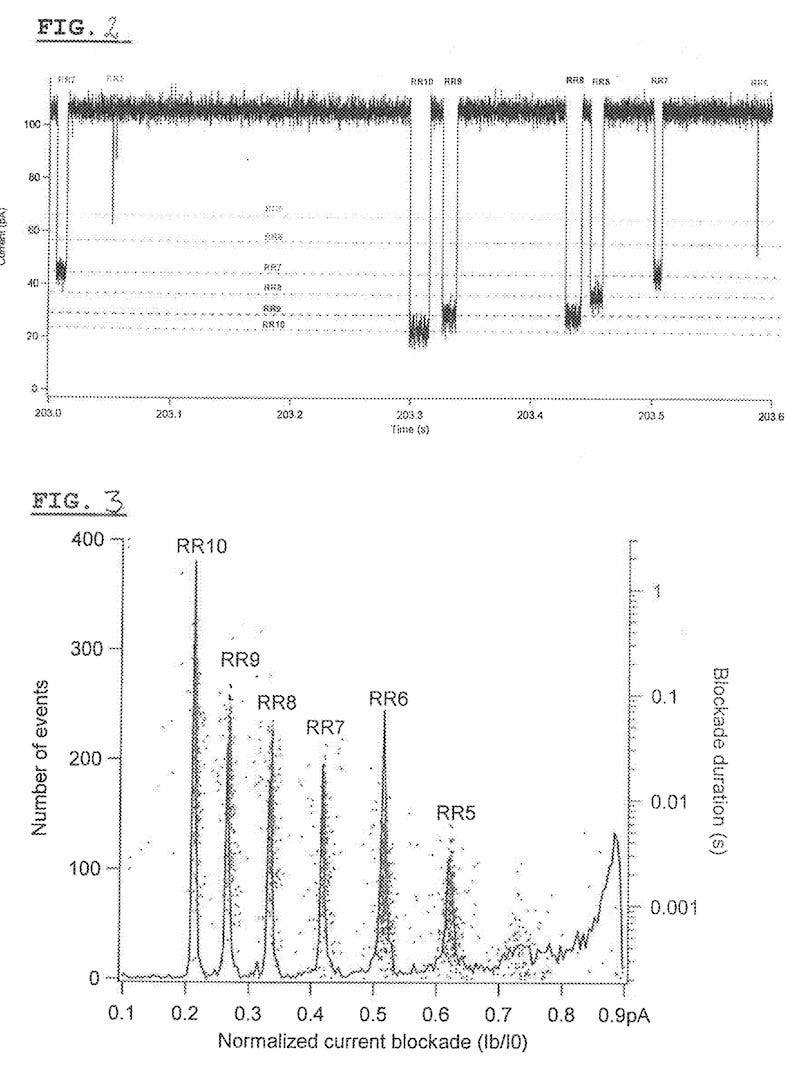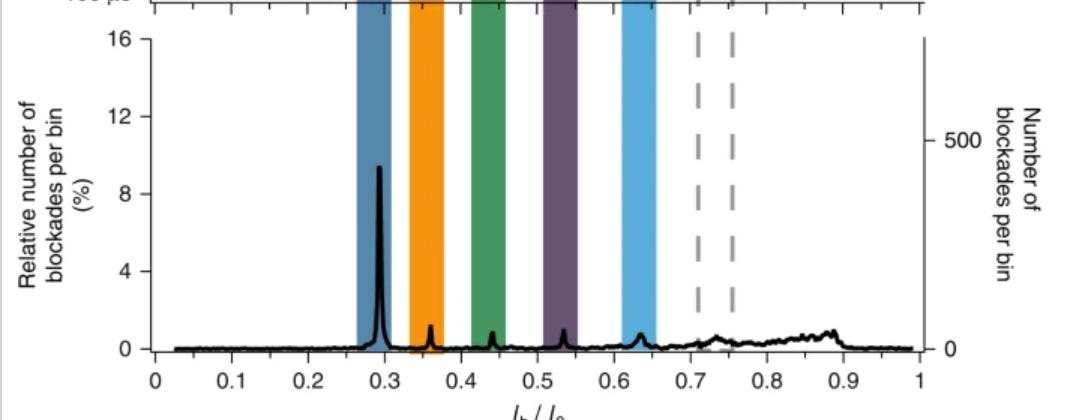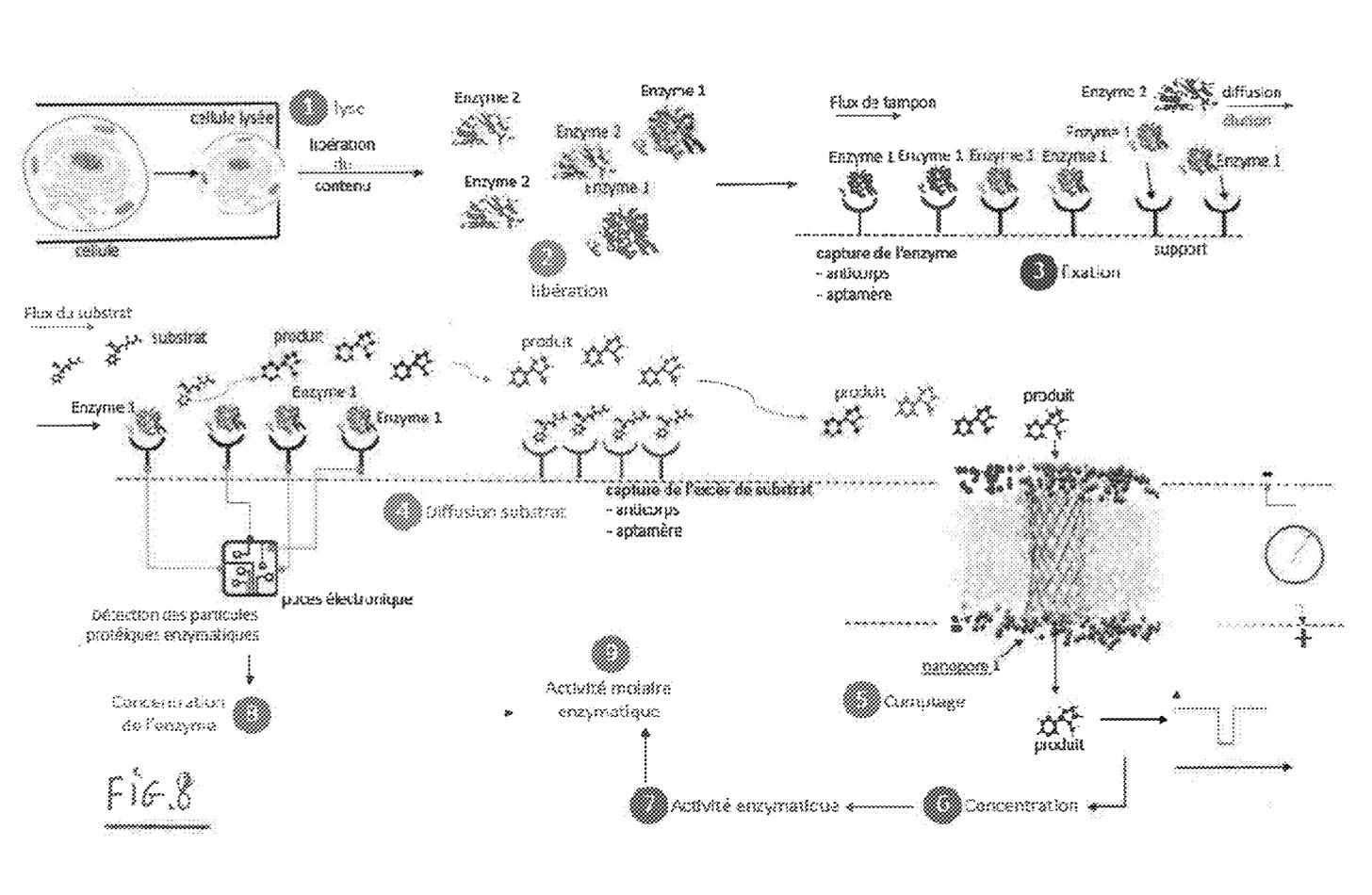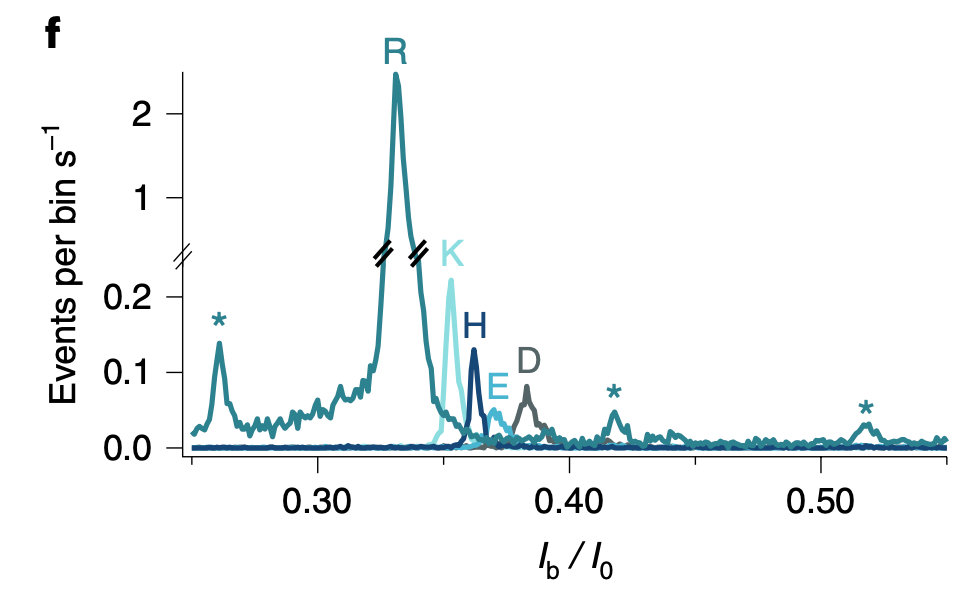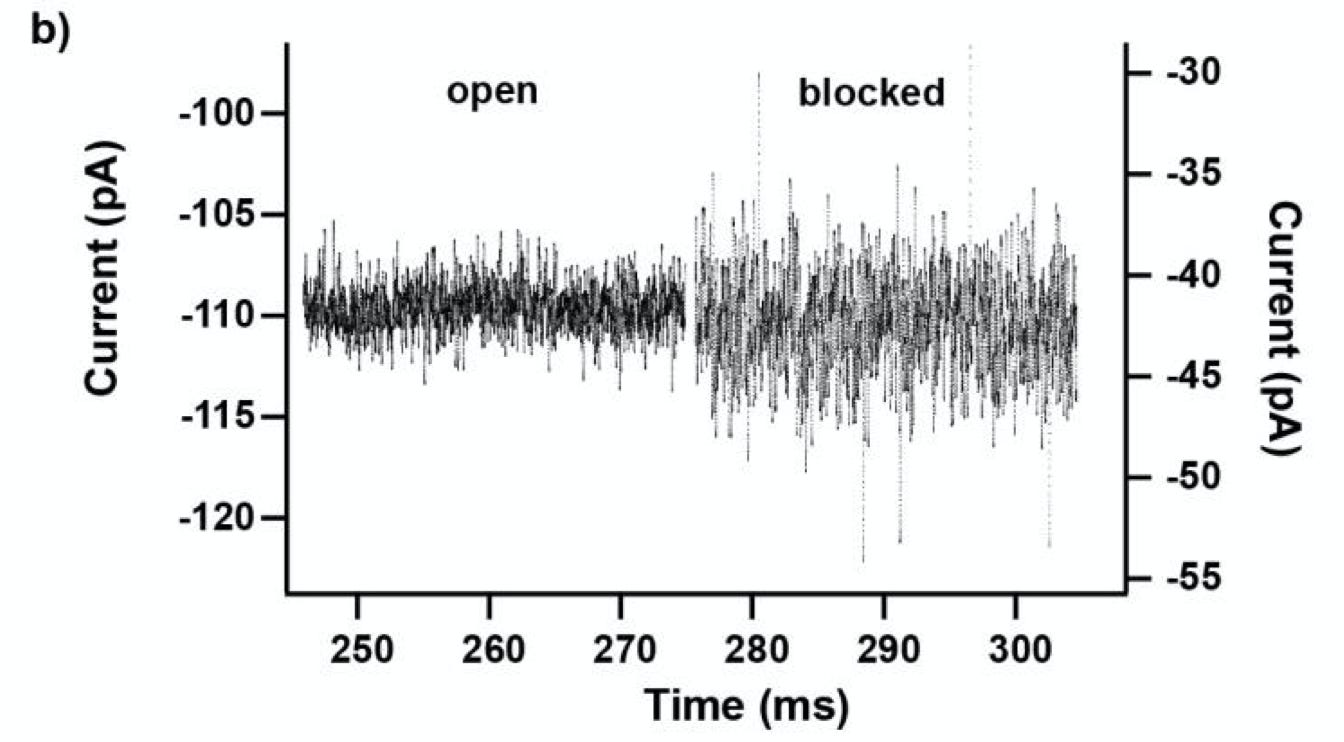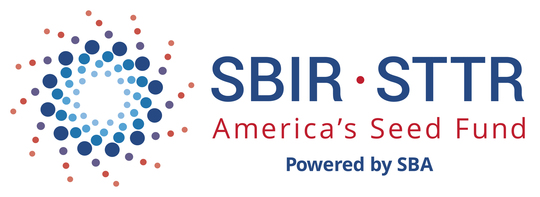After the last Centrillion blog post, Centrillion contacted me with some observations. The full text of these is included at the end of this post for your reference. So I thought I’d do an update post addressing some of their comments, and some thoughts after looking over their website.
There are a few points made in these emails/tweets:
- Their service is $99.
- Illumina based sequencing services they say typically cost $200-$300.
- That labs could run the Centrillion service for <$30.
- That Illumina costs $100-$150 per sample in terms of reagents.
I think the Illumina costs above for SARS-CoV-2 sequencing are probably out by an order of magnitude. If you like at Illumina’s own guideline pricing. They have costs per sample for multiplexed runs of $18 and $24. Different protocols, but for multiplexed runs I think you’re looking at the $10 to $20 run range for Illumina sequencing of SARS-CoV-2. There are examples which put the total cost at ~$100. And RNASeq has been available from service providers for $100 to $200 per sample for a while. So in summary my estimate on Illumina SARS-CoV-2 sequencing would be $15 per sample, sold at ~$100 including sample prep/labor.
They don’t give accurate pricing, but at $99 I don’t think the Centrillion approach is competitive with Illumina. If it’s much cheaper in volume, <$10 perhaps? But I can’t see this as being a more versatile replacement for qPCR, for example…
Someone mentioned their website. I hadn’t actually looked over the site before, so was surprised by the following:
“The variant output file is automatically generated using VirusHunter™ software. It enables rapid sequence analysis and strain or clade determination using published variant data. Whole genome FASTA and FASTQ files are output at the same time to enable deeper sequencing analysis using custom pipelines.”
Generating fasta/fastq files from microarray data feels a bit off. Most of the data in those fastq’s will be derived from the probes/known sequence. I don’t think you can really use this is accurately assign quality scores. And personally feel like it somewhat misrepresents the data.
Keith Robison also asked on the twitter thread, if they had data for closely spaced changes/deletions. I think that’s an important question, they don’t seem to have replied, but perhaps there’s some further data they’ve released.
Overall, I don’t really feel that microarray data and sequence data are comparable. And find characterizing the Centrillion array as “sequencing” inaccurate… though it possibly has its uses.
Twitter Messages:
Centrillion: Hi! Saw your blog on our chip: https://41j.com/blog/2021/04/the-centrillion-virushunter/… Wanted to say that the cost per sample is around 5-10x lower than the cost of sequencing with Illumina (including the sample prep and actual sequencing costs). We’re actually offering sequencing services starting at $99 per sample which goes down with increased sample number. Illumina based sequencing services typically cost $200-300 per sample for SARS-CoV-2. Prices for services are higher than raw reagent costs, of course. I can’t disclose the actual chip cost but we are marketing them currently so you can always send a request into our website for a quote if you want to find out yourself. Your estimated price of >$30 is too high. 🙂
new299: Thanks! The costs you suggest for SARS-CoV-2 sequencing are higher than I would expect. Do you have a good reference for this or cost breakdown? Do you mean you would sell your service for <$30 in volume? Are you ok for me to update the blog with this information?
Centrillion: Labs could run this for <$30 per sample without high volume required. To offer services, you have to account for overhead and the costs of employing people, which means labs can’t offer the services for the reagent cost
Centrillion: I have a cost breakdown but I don’t know if I’m allowed to share it. We’re putting the protocol up on http://protocols.io so it should be easy to calculate once that’s up.We’re also planning to kit reagents which should make it super easy to breakdown.We can also make our chips 1/4 of the size with just the first core 0. I think pricing is somewhere under $10/sample at that pointWe just haven’t been doing that yet because we haven’t had the volume to run 384 samples at a timePlease feel free to update your blog with any information here. My boss said he was emailing you as well with more details that I wouldn’t know if I could share.
I think the cost we calculated for illumina was $100-150 per sample in terms of reagent costs meaning labs providing illumina sequencing would charge $200-300 to cover their overhead
Emails
Centrillion:
Hi,
thank you for reading our press release and the paper and your analysis about the chip. I agree that the press release is brief and I would like to provide a bit more information in case you are interested. The product description and product sheets are now at our website www.centrilliontech.com.
The chip set has four cores (we called it QuadCore). The published paper uses the first Core of the set and is a bit outdated, because it was submitted a while ago. The chip set has been in field testing since last June. The other cores contain probes for variant validation and for sequencing other respiratory viruses including all important coronaviruses. Manuscripts about other cores are under review.
We developed new chemistry for spatial genomics (long probe chemistry requires higher efficiency). We used the same chemistry to create these chips. As a result, the chips produce excellent signal, and our fast protocol uses just one hour hybridization vs traditional arrays (16-24 hours). The entire artic work-flow from sample to result can be done in a single working day. A related diagnostic version (regional sequencing for detection instead of whole genome) can be done with a 15 min hyb or about 2 hours from sample to result. Wafer scale manufacturing makes the chips very affordable (much lower than $30) so the overall sequencing cost is similar to or just a bit higher than most RT-PCR based tests. We currently offer services at $99 per sample, but pricing is reduced significantly when ordering in bulk.
There is the option to use only core 0 on our chips, which enables 384-well packaging at an even lower cost to enable larger scale applications.
There are occasional drop out regions because of ARTIC primer issues and sample prep sensitivity. The paper touched on this a little bit; it is an issue in NGS seq as well for samples prepared using ARTIC primers. It is not due to the chip or algorithm. Our updated sample prep method produces better coverage and accuracy than the earlier version used in the paper. We see coverage and accuracy of up to >99.9% and 99.99%.
Overall, the workflow is simple and faster than NGS. It has actually been used in some interesting situations where results generated using the chip had already been acted upon, before NGS based sequencing result was made available. Our scientists know a lot more about it and they love using it. If you are interested, I can connect you with the team about the details or address your questions.
We were frankly a bit surprised at and amazed at the performance of these chips for sequencing viral and human genes. These are much better than earlier generation of resequencing arrays and we are considering other applications with similar chips and would love to collaborate with the genomics community.
Centrillion:
I saw that my response to your twitter msg was bounced. I am not sure whether you received our earlier response. Basically, the core 0 of the chip set used to sequence SARs-CoV-2 genome costs few dollars. Most of the cost is in RT-PCR reagents, plastics, and labor. Our preference is to provide chips, since service capacity is always limited in a single facility, but at large volume, <$30 per sample is certainly possible through savings in labor and reagents.
However, if one only has only few samples, the chip method actually costs much less than NGS methods, because NGS sequencing cost is very much dependent upon how many samples can be multiplexed in a flow cell.
the chip set can also be used with other sample prep methods such as random priming amplification. The cost analysis above is for the more standard Artic method.
If you have any further questions, please do not hesitate to contact us.
My reply:
I saw the earlier response, sorry I’ve been busy.
I plan to write an update blog post. Are you ok with me incorporating what you wrote below?
Centrillion:
Sure. Thank you for writing about it!
